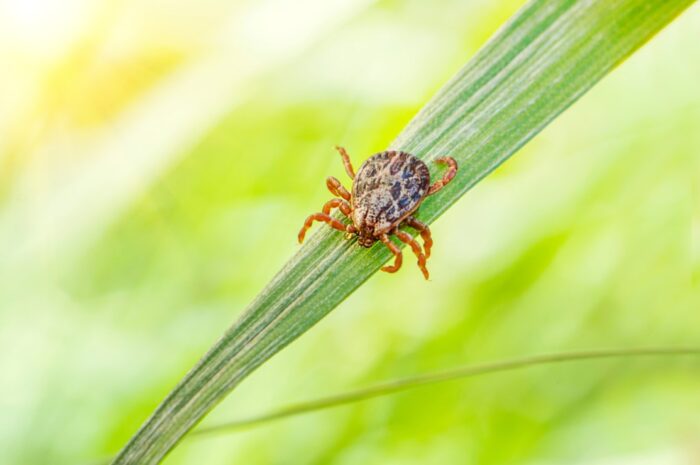
Preventing Bug Bites and Ticks
According to a recently published study by the U.S. Bureau of Labor Statistics, more than 7 million people in the United States (that’s over 4% of the total working civilian population) are required to spend more than two-thirds of their workday outdoors. While this is certainly a notable minority, one might reasonably infer that a much larger percentage of Americans – working or otherwise – prefer spending their free time outside, especially if they have a more sedentary daily routine.
Despite the benefits to one’s vitamin D levels, active heartrate minutes, and overall mental health, the lifestyle of an outdoorsperson must adjust to the reality of irritating pests such as ticks, horse flies, and mosquitos.
The Need for Bug Bite Prevention
When considering the dangers that insect and arachnid bites present, not all results are created equal. While very few bugs are venomous, an individual’s allergies, as well as the variety of diseases that bugs may carry, can pose significant threats to both short- and long-term health. For this latter reason especially, the prevention and treatment of bug bites should be a high priority.
Some of the most common bug-borne illnesses include:
- Lyme Disease
- Malaria
- Rickettsia Disease
- Encephalitis
- Yellow Fever
- Zika
While mosquitos are largely feared as the greatest carrier of disease, thanks in large part to their connection to historically devastating pandemics such as the bubonic plague, the United States sees a relatively low number of people contract malaria each year. Ticks, on the other hand, are not only extremely common throughout the country, but they can carry at least three of the most common bite-related diseases.
Guarding Against Ticks
As is the case with all bugs, the best type of bite treatment is knowing how ticks behave and what to look for. Generally, they live in areas of dense greenery, such as thick grass, bushes, or woodlands; animal fur is also a favorite environment.
Ticks are typically red, with eight legs, and prefer to burrow into moist, dark areas of the body. As such, pay special attention to the following areas:
- Armpits
- Hair
- Groin
- Inside the nose and ears
Once latched onto the skin, the tick will suck the blood of the host for 1-2 weeks — growing large and turning blueish-purple — before detaching.
Guarding against ticks runs parallel to other types of bug bite prevention; insect sprays, permethrin-treated clothing, and avoiding thick foliage are all effective means of repelling these tiny bloodsuckers.
Proper Bite Treatment
The unfortunate reality of spending large portions of the day outside is that bug bites are virtually unavoidable. Besides an area’s normal volume of pests, many places see seasonal increases in the bug population. Team Members with EnviroServe who work outside, particularly in areas such as environmental remediation and waste management report that mosquitos, ticks, and even poisonous plants have been especially prolific in recent few years.
If you do sustain a bug bite, review the following treatments:
- Disinfect your skin with soap and water
- Reduce swelling with a cold compress
- Apply baking soda paste or hydrocortisone cream (.05% or 1%) to the affected area
- Do not scratch
If these bite treatments offer only superficial help, or you notice growing symptoms of pain, swelling, fever, or a skin rash, seek medical care immediately; you may have contracted one of the aforementioned illnesses. Be aware that children may describe flu-like symptoms after being bitten, and should be seen by a doctor.
Enjoying the Outdoors
If this feels overwhelming, remember that a little bit of bug bite prevention can go a long way to keeping the outdoors enjoyable. These steps should be taken daily, even if you’re spending the bulk of your time close to home, as most tick bites happen in people’s yards.
With a bit of foresight and a sharp eye for stragglers, you can continue to enjoy a pain-free time outdoors.




